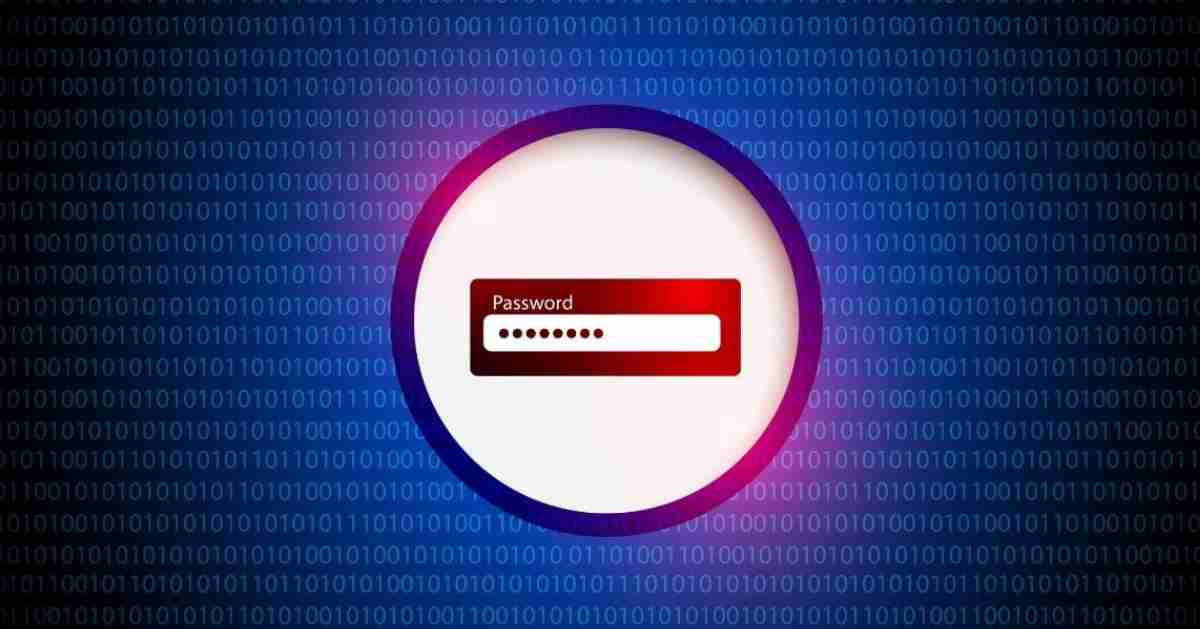Misconfigured Cloud APIs are a Major Security Risk

APIs are on the rise. Short for Application Protocol Interface, APIs represent a crucial component when it comes to software development, granting developers the ability to build microservices and applications more easily — and, importantly, rapidly. They’re bits of software which facilitate communication or interaction between apps, services, or platforms. Think of them as the interpreter which sends requests and responses between endpoints.
According to a survey of 1,500 developers published this year, 61.3 percent of respondents said that they used a greater number of APIs in 2020 than they had in 2019. For 2021, 71.1 percent said they expected to use more APIs than they had in 2020.
One trend driving the upswing in API usage is the increased focus of companies adopting “as a Service” business models. APIs allow programmatic access to an organization’s software without a GUI. Cloud APIs, in particular, have experienced a particular boom in activity as cloud services have become a bigger part of our daily lives — whether for work or for entertainment. As organizations continually add new apps and platforms to their technology stack offerings, APIs are there to help with the service integration.
So far, so good.
The problem is that, as useful as APIs undoubtedly are, misconfigured APIs pose a major problem, leaving cloud environments extremely vulnerable to attack. For those without safeguarding tools such as WAAP, the results can be extremely bad news.
The threat of misconfigured APIs
A recent report, titled the 2021 IBM Security X-Force Cloud Threat Landscape Report, highlights the threat posed by misconfigured APIs. The report looked at how attackers exploit vulnerabilities in enterprise protection, and drew conclusions as to why these exist. It found that two-thirds of threats to cloud environments involve misconfigured API keys allowing improper access to systems.
Improperly secured APIs act as an open line of possible communication that attackers can use to exploit vulnerabilities in cloud resources. The problem is also getting worse; not better. According to Gartner analysts, by 2022 APIs will represent the threat vector that is utilized most frequently by hackers when they attack enterprise application data.
There are a couple of ways this scenario can play out. For starters, developers can create APIs that lack the right authentication tools. In doing so, they make it easier for everyone — including bad actors — to access what could be sensitive information in the form of data and systems. There is additionally a risk of insufficient authorization control, allowing attackers to target even backend API calls organizations may not assume that hackers will be aware of.
Get onboard with WAAP solutions
Traditional security solutions have a hard time offering protection in a world of cloud APIs. Sales of web application firewall (WAF) physical appliances have slowed as cloud hosting has become an increasingly popular architecture. Standard WAF technology has not been able to keep course with innovation in this area alone, especially when it comes to helping organizations that are operating in complex, multi-cloud setups across multiple cloud environments.
As the IBM report highlights, there are plenty of challenges that need to be addressed in this area. Just because the classic safeguards don’t work on their own doesn’t mean that security protocols should be ignored. If anything — with a growing number of threats on the landscape — efforts need to be doubled.
This is where WAAP comes into play. Cloud WAAP services include a variety of security modules. It is based around an auto-scaling, multi-tenant cloud infrastructure, with core features including bot mitigation to protect against the growing number of bot attacks directed at online services, API protection, WAF, and safeguards against potentially devastating DDoS attacks designed to knock online services offline. Cloud WAAP services also regularly come with other service components that are able to improve the performance of web applications.
Be aware of the risks
Deploying WAAP instead of simply a WAF can help ensure coverage of both web applications and APIs. This is something that every organization should be hyper-aware of. The world isn’t going to shift away from its focus on the cloud anytime soon. Cloud applications have proven transformative across a broad range of sectors — with no example proving the point more than the past 18 months of the pandemic. During that time, both users and companies alike flocked to the cloud to carry out just about every facet of daily life.
Whether it’s to cater to employees or customers, organizations have come to embrace this “new normal” — and, in most cases, the idea of being the subject of a possible cyberattack is too devastating to consider.
If you don’t want to see those risks manifest at any point, invest in the right protective measures. It’s an essential part of security, circa 2021 — and far, far beyond.
